This content has been archived. It may no longer be relevant
Looking for classroom library ideas? In this post I’ll show you to audit your shelves and find the missing or under-represented voices.
Classroom Library Ideas: Finding What’s Missing
A diversity and inclusion audit is one tool you can use to analyze your personal and classroom reading choices. It is a data-driven analysis of the representation in the texts you read. These numbers do not represent the end of your work to be a well-rounded reader, but rather a starting place for reflection.
Why Audit?
Being able to look at your reading choices or the variety of texts you present to your students at a glance helps you understand the voices you learn from and share.
In 2019, Dr. Sheila Frye from Teaching Literacy wrote a guest post on my blog about Creating an Inclusive Classroom Library. However, it wasn’t until Ashley Bible from Building Book Love suggested making a pie chart that I really “got” it.
For me, it was easy to say I was reading diversely, but the overall view the pie chart gave me showed I was overestimating my reading variety.
One Step
This audit is a single step in reflecting on what you read. Your goal is totally personal. After all, even if a hundred percent of the books you read are by LGBTQ+ Black womxn, you’re still going to get a diverse range of stories. Race isn’t everything. Gender identity isn’t everything. Sexuality isn’t everything. These are all just pieces of making sure your students have access to a range of stories and experiences.
The Nitty-Gritty
I’ve designed a quick Excel sheet and tutorial to show you how to collect data and present it in a pie chart. I’ve provided some categories that I use for my own data, but you can change these up, if you like. For example, you could use the same technique to count how many books of each genre you have in your classroom!
Finding New Voices
If you’re looking for tools for creating a more inclusive classroom library and curriculum, here are some posts you can check out:
Creating an Inclusive Classroom Library by Sheila Frye
Big List of Inclusive Text Recommendations (by genre) by Danielle Hall
Rethinking the Classics by Danielle Hall and Sheila Frye
How to Diversify Your British Literature Class by Ashley Bible
Diverse Short Stories to Teach by Stacey Lloyd
Final thoughts:
I hope this post inspired you to conduct a diversity audit of your classroom library shelves! Ready to get started? Click here to download a .zip file of the instructions and an Excel template. 🙂
In addition to these tips, you might consider asking your students directly what kind of books they want to read more of. After all, they’re the ones we’re doing this for! Your shelves might be filled with tons of wonderful, inclusive books, but if students aren’t interested in the topics they won’t be as inspired to pick them up. And I know, sometimes those reluctant readers are hard to please. Check out these tips for making book recommendations to students 🙂
And finally, if all of this is starting to sound expensive, don’t worry. I have tips on how to get free books for your classroom library in this post.
What’s the most frequently checked-out book in your classroom library? Comment below!
Happy teaching!

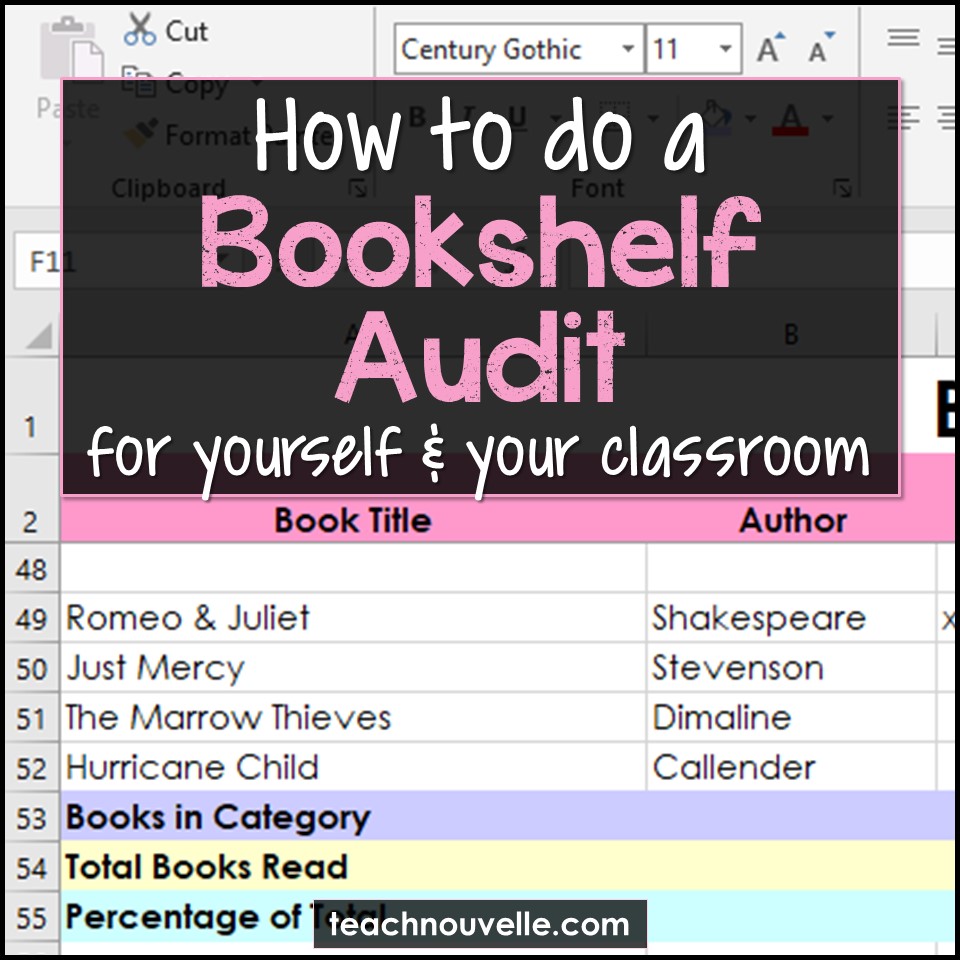
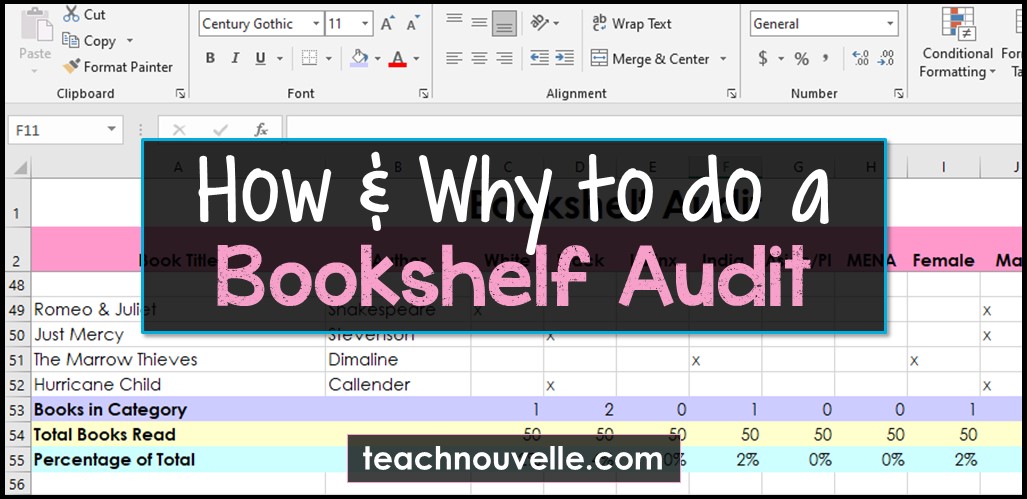
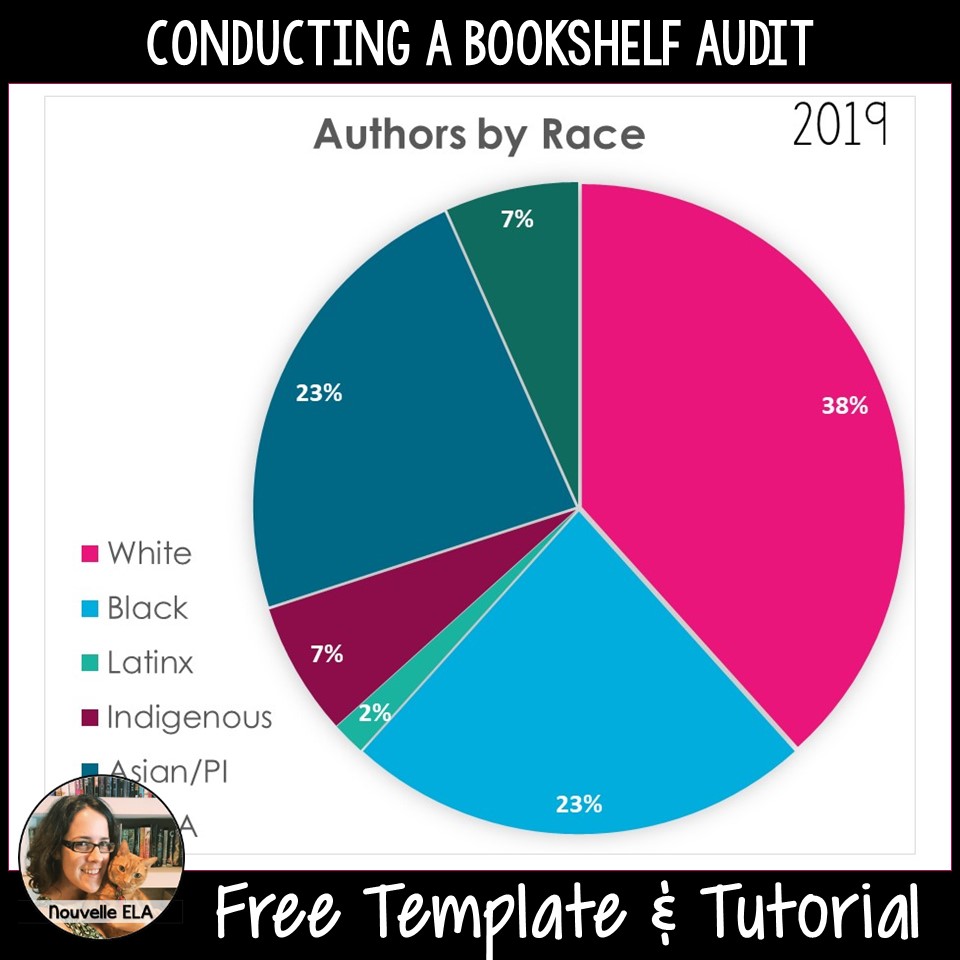
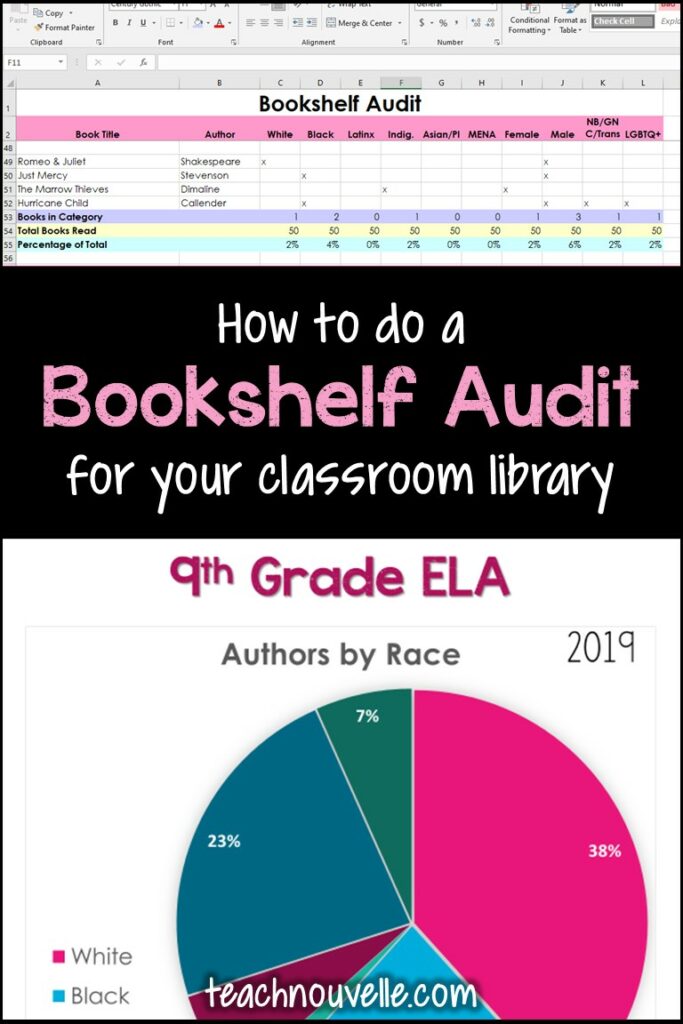
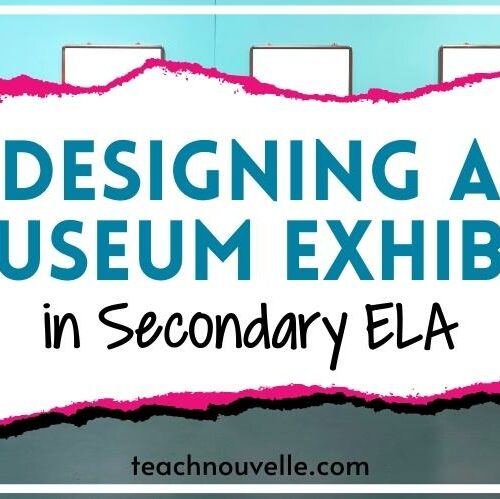
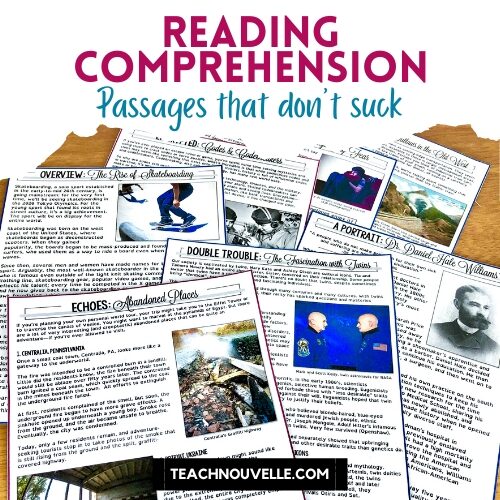
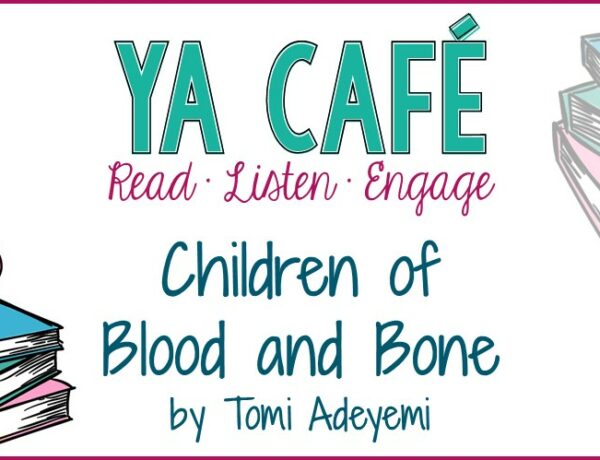
No Comments